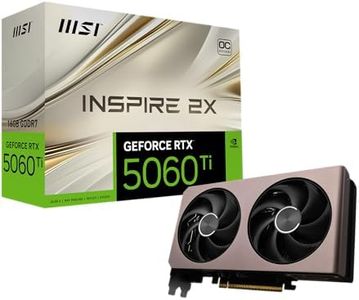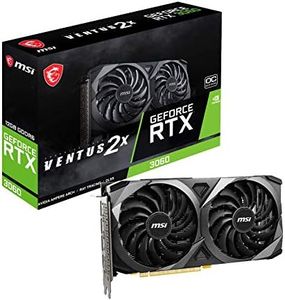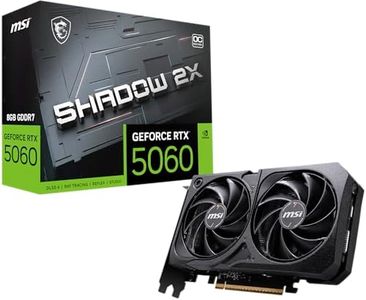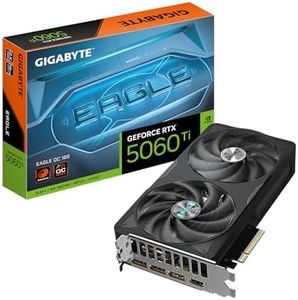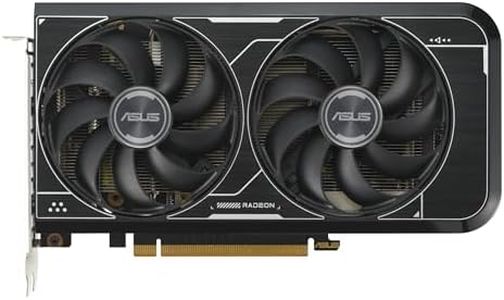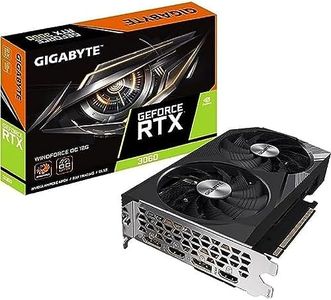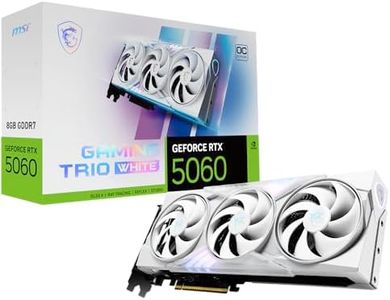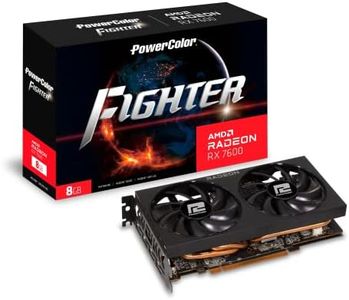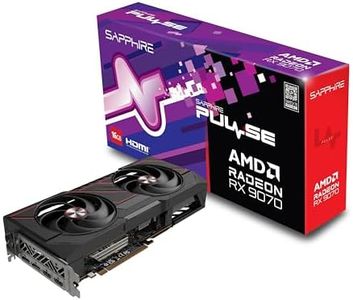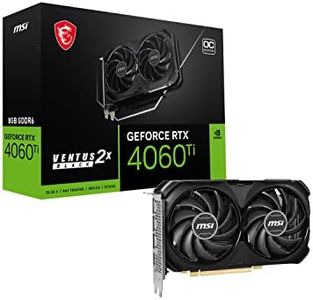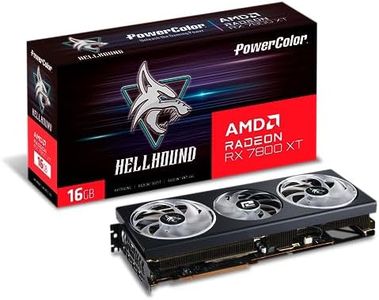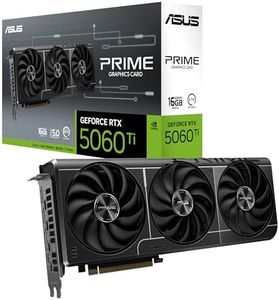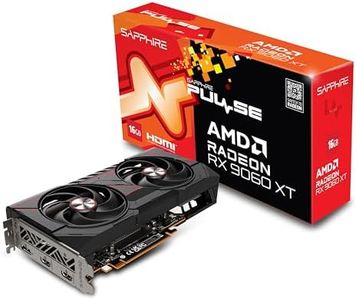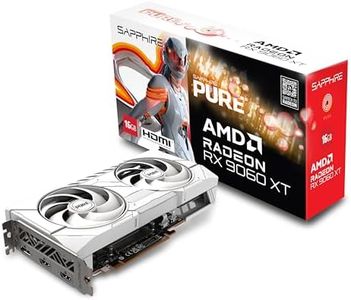We Use CookiesWe use cookies to enhance the security, performance,
functionality and for analytical and promotional activities. By continuing to browse this site you
are agreeing to our privacy policy
10 Best Budget Graphics Cards
From leading brands and best sellers available on the web.Buying Guide for the Best Budget Graphics Cards
Choosing the right budget graphics card can feel overwhelming, but focusing on your main uses—like gaming, creative work, or enhancing general computer performance—simplifies the process. Think about how you plan to use your PC most often, as this will guide you toward a card that meets your needs without unnecessary extras. Remember that with budget graphics cards, you're looking for the best performance and features you can get at a lower price point, so a balance of specs is key.Video Memory (VRAM)VRAM is dedicated memory for the graphics card and helps with storing images, textures, and framebuffers needed for rendering graphics. It's crucial for smooth gameplay and running high-resolution content, especially as games and media get more demanding. Budget cards usually have between 2GB and 8GB of VRAM. For everyday use or older games, 2-4GB is typically enough. For modern games at 1080p or light creative work, 4-6GB is preferred, while 8GB offers more future-proofing and handles the most visually intense tasks better. Base your decision on the kinds of games or programs you plan to run and the resolution of your monitor.
GPU Core PerformanceThis spec relates to the processing power of the graphics card, which determines how well it can handle demanding visuals and effects in real time. It's typically reflected by the number of cores and clock speeds. In the budget segment, you have entry-level cards suitable for light gaming, mid-range budget cards for most games at medium settings, and higher-end budget cards that push toward high settings or eSports performance. If you mainly browse, stream, and do light gaming, entry-level performance suffices. For newer games or faster frame rates, aim for a mid-range or higher-end budget card.
Power Consumption and CompatibilityPower consumption refers to how much wattage the graphics card needs to operate. Budget graphics cards are usually designed to work in most standard PCs without large power supplies, but some may still require a dedicated power connector. Check your computer’s power supply wattage and whether it has the necessary connectors. If your setup is older or compact, prioritize a card with low power needs and a small size—sometimes called 'low-profile' cards.
Ports and Display SupportThis spec indicates what connections the graphics card offers for monitors, which could include HDMI, DisplayPort, DVI, or VGA. Make sure the card you are considering has the right types and number of ports to match your monitors. For multiple displays, look for cards that support more than one output. If your monitor is high-resolution or supports a high refresh rate, ensure the ports on the card can handle those specifications.
Cooling and Noise LevelsGraphics cards use fans or passive coolers to manage heat, which can impact noise and overall case temperature. Some cards use a single small fan (quieter and compact), while others have dual fans (better cooling, can be noisier). If you want a quiet PC for an office or media room, look for cards known for low noise and efficient cooling, even if it means trading some performance.
